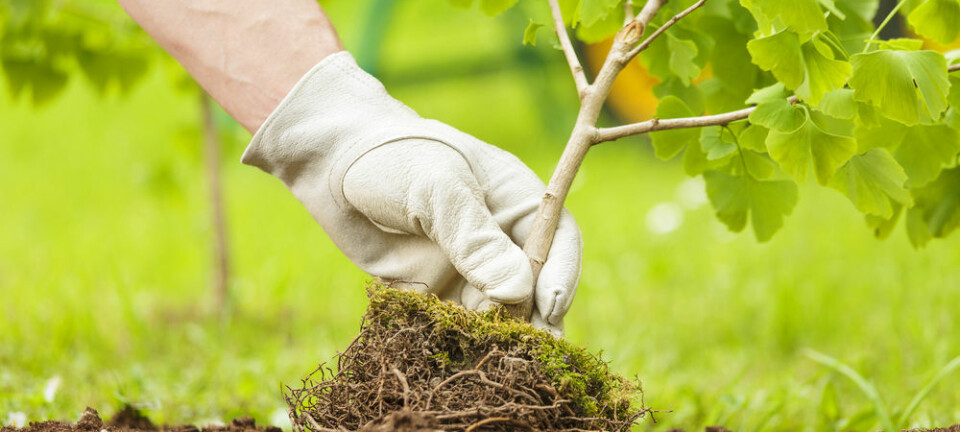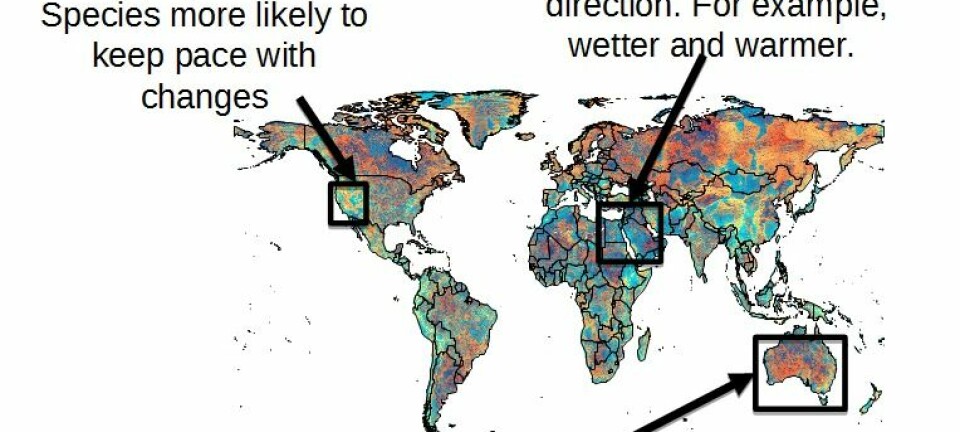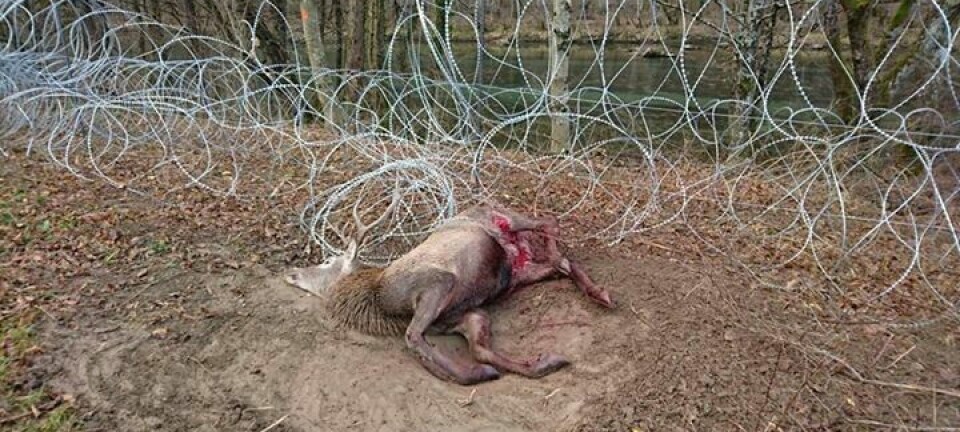
Global genetic diversity mapped by new study
New method couples genes and geography to produce the first global map of genetic diversity.
One of the biggest exercises in biology is to describe new species and map how ecosystems develop.
As part of this effort, scientists have now produced the first map of global genetic biodiversity.
“We’ve made the first global map of genetic variation,” says co-author Andreia Miraldo from the Natural History Museum of Denmark.
The new results are published in the scientific journal Science.
A wave of research will follow

The new map confirms a widely held belief that genetic diversity decreases away from the tropics and in highly populated areas.
It combines animal DNA with geographical information to map genetic diversity.
“This study will open doors for a wave of new research,” says Professor Carsten Rahbek from the Natural History Museum of Denmark.
Read More: Scientists trace unknown ocean life from a can of water
“An exciting study”
Professor Jens-Christian Svenning, a biologist from Aarhus University, Denmark, agrees.
“It’s a really exciting study, and I think it’s clear that there are huge opportunities to use it in all kinds of large-scale ecological studies,” says Svenning, who did not take part in the new research.
“For example, it’s clear that we should test the exact mechanisms that are crucial for biodiversity. That could be how climate stability relates to genetic variation, or to what degree the genetic variation depends on local variation in landscape,” he says.
Read More: Scientists do away with Darwinian tradition
Variation is unevenly shared around the world
Miroaldo and colleagues focussed on amphibians and land-based mammals, since we know most about these groups.
Animals from both groups that live at the equator have the greatest genetic diversity. This diversity decreases as you move towards the North and South Pole.
“It’s not totally surprising, as in other smaller studies we’ve seen the same trend. But this is a much bigger study, so now we can be certain that this is a general pattern,” says Svenning.
This implies that animals at the tropics are more evolutionarily robust than animals close to the poles.
Read More: Scientists discover flower seeds from the dinosaur era
Understanding of genetic variation is crucial
The scientists agree that they now need to follow genetic diversity forward in time to develop a more dynamic picture.
“We need to see how genetic diversity develops in time and space if we are to understand life on Earth--how it is distributed, how it develops, and how it will be in the future,” says Rahbek.
“If we want to understand life on Earth, then we need to understand genetic variation and we can begin to do that now,” he says.
--------------------------
Read the Danish version of this story on Videnskab.dk
Translated by: Catherine Jex










